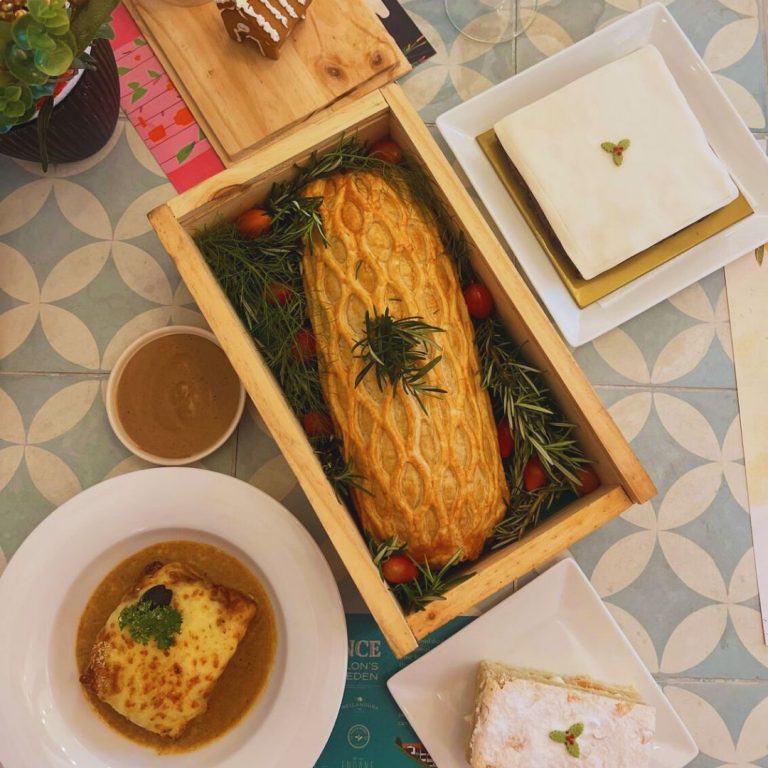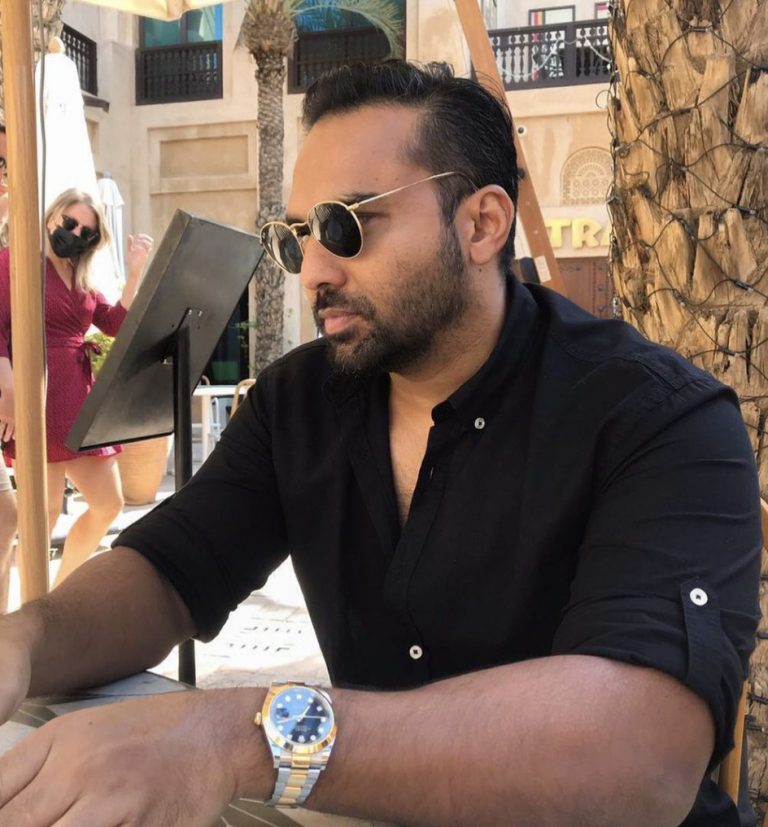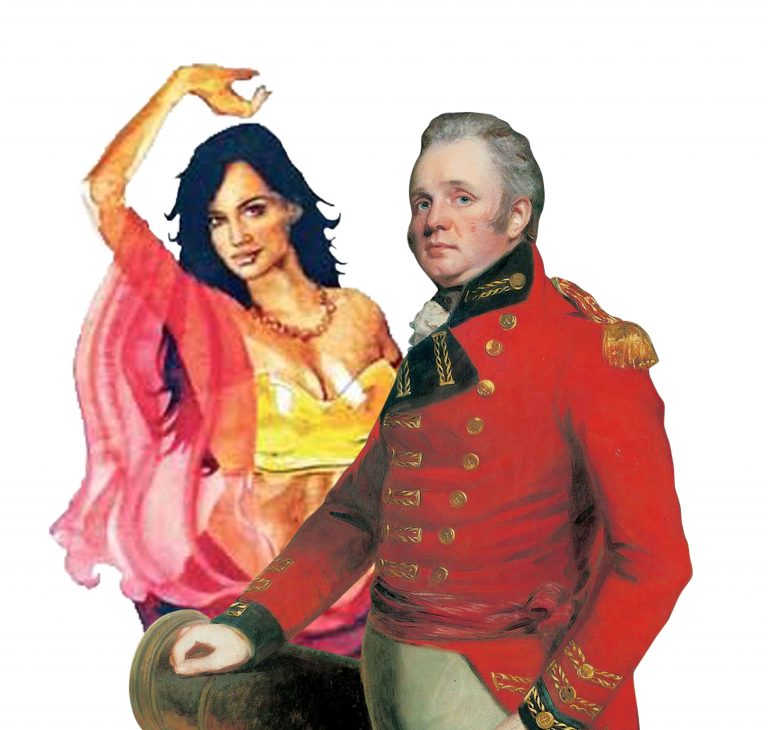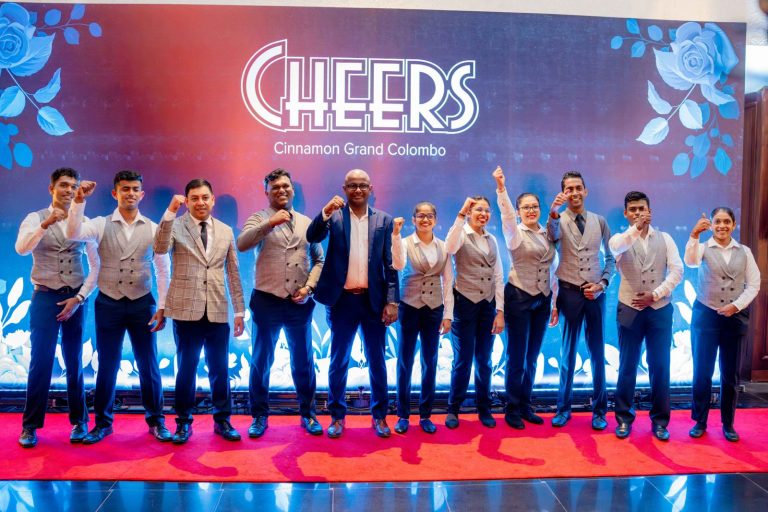Just the thought of the room you are staying in with its crisp white sheets and chiffon curtains once held soldiers wounded by a war/rebellion, some foreign governer taking residence or even the thought of some adikarm using the building as a family home adds a level of flavour which can't be brought on by new hotels no matter the number of star rating they have.
So, to help your imagination run a bit wild in the next time you go to or even look at one of these hotels, we bring you this list.
1. Amangalla, Galle
 Amangalla, with its beautiful colonial interior, has a very interesting backstory. Resided inside the walls of Galle Fort, it was once known as the 'New Oriental Hotel.'
Amangalla, with its beautiful colonial interior, has a very interesting backstory. Resided inside the walls of Galle Fort, it was once known as the 'New Oriental Hotel.'
Constructed in 1684, it was first used as a commanding station by the Dutch. However, in 1796 when the Dutch lost the Galle Fort to the British, the building was converted into a soldier's accommodation site. In 1865, the accommodation site was remodelled as the 'New Oriental Hotel' to make room for the Europeans who travelled halfway across the world to see Ceylon.
It was named 'Amangalla' in 2005 when it was taken over by the present management, Aman Resorts.
2. Queens Hotel, Kandy
Image Source : queenshotel.lk
Found in the hill capital of Sri Lanka, Queens Hotel is no stranger to any of us who have been to Kandy. With its towering white walls and delicate balcony railings, it's hard to miss.
The history of Queens Hotel goes all the way back to the reign of Sri Wickrema Rajasinghe, the last king of Sri Lanka. Created by Devendra Mulachari, it was first called as the 'Dullawe Walauwa'. Soon after the British overthrew the Kandyan Kingdom in 1815, it was modified to be the British Governor's residence. During this time, the building was also used as the barracks to the Rifle Regiment.
In 1840, it was used as a hostel and was known as Malabar Building due to its proximity to Malabar Street (now D.S Senanayake Mawatha). The building was kept under the care of James Stanton who later became the reason why the building was called Stanton Hotel for around 6 years, until his demise in 1863. 
Image Source : lankapura.com
Stanton's wife took charge of the hotel till 1869, and later on, it was taken over by the Queens Hotel Company and thus became known as the Queens Hotel. From 1895, under the administration of the Queens Hotel Company, the hotel still prospers as one of the oldest and well-known hotels in the country.
3. Mount Lavinia Hotel, Mount Lavinia
With its colonial architecture and the iconic courtyard, the Mount Lavinia Hotel has one of the most cherished love stories of Sri Lankan history.
Image Source: mountlaviniahotel.com
To those of you who don't know the story, once upon a time, Mount Lavinia Hotel held residence to the British governor – Thomas Maitland (1759 – 1824). Every once in a while, there were receptions and dinners at the governor's house, and it is during one of these that Maitland met Lovina, a young girl from the rodi caste, who came here as a dancer.
Lovina's and Maitland's romance held rather peculiar nature as not only was Lovina much younger than Maitland but she was also a local of low caste. This naturally caused much uproar amongst the high born Sri Lankans and Europeans, leading them to send letters to King George, informing that Maitland is spending government resources and money on a Sri Lankan girl who belongs to a low caste.
Image Source: lankapura.com
This unfortunate romance ended with Maitland being called back to England and his beloved Lovina, throwing herself into the sea. Maitland's final request before heading back to his country was to rename his residence as "Mount Lavinia", and it was granted by the British government.
4. Kandy House Hotel, Kandy
 Once known as the 'Amunugama Walauwa'/ 'Ratwatte Walauwa', the Kandy House Hotel has a story that trails back to the British colonial period in Sri Lanka. Built in 1804, by Chief Minister Ratwatte Adigar, the structure of this establishment was positively scandalous during its construction as the usage of roofing tiles was strictly prohibited in that era. However, 200 years after its completion, this walauwa was made into a boutique hotel in 2005 by Geoffrey Bawa's protege Channa Daswatte.
Once known as the 'Amunugama Walauwa'/ 'Ratwatte Walauwa', the Kandy House Hotel has a story that trails back to the British colonial period in Sri Lanka. Built in 1804, by Chief Minister Ratwatte Adigar, the structure of this establishment was positively scandalous during its construction as the usage of roofing tiles was strictly prohibited in that era. However, 200 years after its completion, this walauwa was made into a boutique hotel in 2005 by Geoffrey Bawa's protege Channa Daswatte.
5. Suisse Hotel, Kandy
The Suisse Hotel has a history that goes back to the 17th century. This place was once used as the residence of the Chief Minister Pilimatalauva during the latter part of the Kandyan kingdom. However, in 1818 (after the British captured the Kandyan kingdom) the building was named Haramby House.
1846 dawned a new ownership to Haramby House as it was sold to Madam Burdayron, a Swiss lady who ran the establishment as a guest house. During the first and second world wars, it was used as headquarters of the South East Asia Command under the leadership of Earl Louis Mountbatten. It became home to a few government offices till 1951, and then converted into the hotel that we stay in now.
6. Tintagel, Colombo

Image Source: www.booking.com
Unlike every other hotel found on this list, Tintagel is neither ancient nor is it far from Colombo. Located down Paradise road, it was built in 1930 and catered as Dr Lucien De Zilwa's family home. However, in the 1940's this house was ordered to vacate by the British Military, so it could provide accommodation to the army soldiers.
Later on, Dr De Zilwa sold this property to the Dias Bandaranaike family, thus paving the way for its political significance through the likes of S.W.R.D Bandaranaike, Sirimavo Bandaranaike, Aruna Bandaranaike and Chandrika Bandaranaike. In 2005, this family house of the Bandaranaike's was converted into the private boutique hotel we now refer to as Tintagel Hotel.
7. Bandarawela Hotel, Bandarawela
Image Source: www.aitkenspencehotels.com
Bandarawela hotel was built in 1873, as a tea planters' club and resthouse which, for quite a while it was. The foundation for the establishment we now know as Bandarawela Hotel came into being in 1938.
Image Source: lankapura.com
The hotel was utilised during the second world war as a treatment centre for soldiers. Now it's managed by the Aitken Spence Group of Companies.
8. Grand Hotel, Nuwara Eliya
 Grand Hotel in Nuwara Eliya was first constructed as a holiday manor for the fifth English governor of Ceylon, Sir Edward Barnes, who named the building Barnes Hall. In 1892, it was taken over by the Nuwara Eliya Hotels Company Limited who renovated and extended the property.
Grand Hotel in Nuwara Eliya was first constructed as a holiday manor for the fifth English governor of Ceylon, Sir Edward Barnes, who named the building Barnes Hall. In 1892, it was taken over by the Nuwara Eliya Hotels Company Limited who renovated and extended the property.
The hotel holds a couple of the oldest billiard boards in the country and is said to have been extremely popular during the 1920's and 30's for having a variety of sports such as polo, golf and also for hosting horse and dog shows annually. In 1990, the hotel was identified as a National Heritage Property.
9. Nooit Gedacht Heritage Hotel, Unawatuna
Fun Fact: Nooit Gedacht, means 'never thought of' in dutch.
Originally constructed as a home to a Dutch governor during the 1730's, this place was made here because of a freshwater spring that runs in the backyard. The canal here was built by the Dutch, and it was used to transport spices and other items to warehouses in Galle Fort. Its remains still can be spotted here.
In 1795, this establishment was purchased by a mudliyar from Unawatuna, and it has been in their family generations for years. During WWII, it was used as the logistics centre for the Koggala Air Base, and then it was reclaimed by the rightful proprietors in 1948. It is now one of the most popular hotels in Unawatuna area.
10. Grand Oriental Hotel, Colombo
Image Source: www.makemytrip.com
Located in the neighbourhood of Colombo Harbour, Grand Oriental Hotel, previously known as Taprobane is a hotel which has a history expanding more than 125 years. The hotel was supposedly created in 1837 and is said to have been used as barracks for British soldiers. It was later used as a pub in 1873 and then handed over to the government.
Image Source: lankapura.com
That's all we have for now. Yes, we're aware that there's a whole load more to cover. Nonetheless, I hope this would help to spike your imagination on the next time you visit to any of these hotels.



















